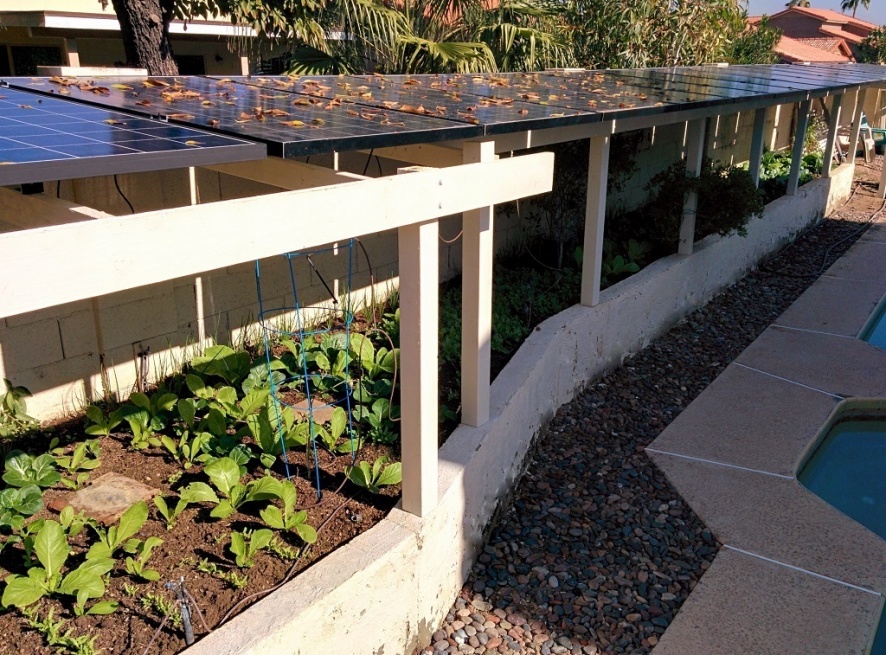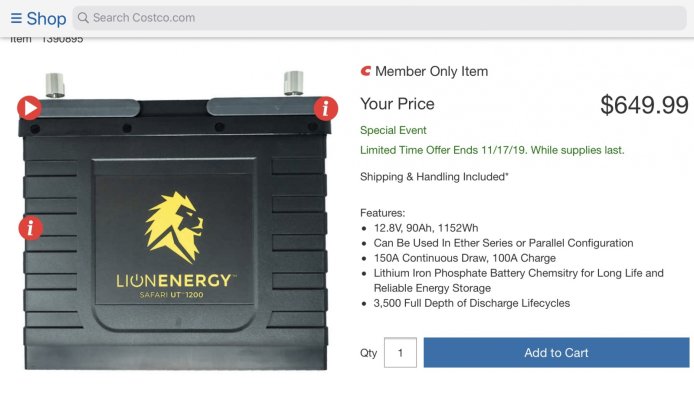NW-Bound
Give me a museum and I'll fill it. (Picasso) Give me a forum ...
- Joined
- Jul 3, 2008
- Messages
- 35,712
... I'm more interested on how to have off grid power for the long term. Our electricity use is low enough the grid tie in solar panels aren't cost effective for us. If we could really pull off your 20kwhs for $2K we'd be almost energy self sufficient...
The system I show in post #1 of the thread is with 2kW of solar panels, which can produce about 12 kWh/day in July, and 6 kWh/day in December. It will let one survive through an outage, but will not replace the grid connection. You would need more for comfortable living.
I also describe the 6 lead-acid batteries, which can store 3 kWh, and that can get you through the night with the fridge and some lighting. A single 2.4 kW inverter/charger is used.
My own 22-kWh lithium battery, 3 inverters putting out 7.2 kW, plus several charge controllers cost a lot more than $2K. If you buy retail, the lithium battery is already $20K.
PS. The number of 12 kWh/day in the summer and 6 kWh/day in the winter is for the location of San Jose. I pull that from government data. Over 1 year, the total energy produced is 3400 kWh, as mentioned previously. And that is assuming good orientation of the panels, with no shading from trees and housing structures.
Last edited:





